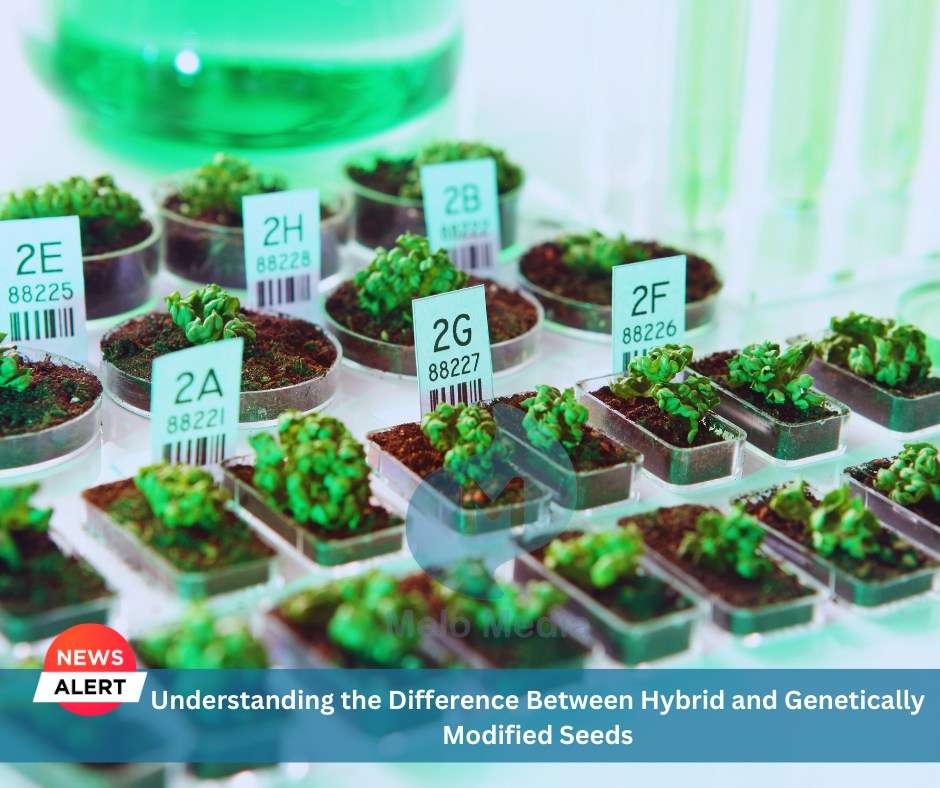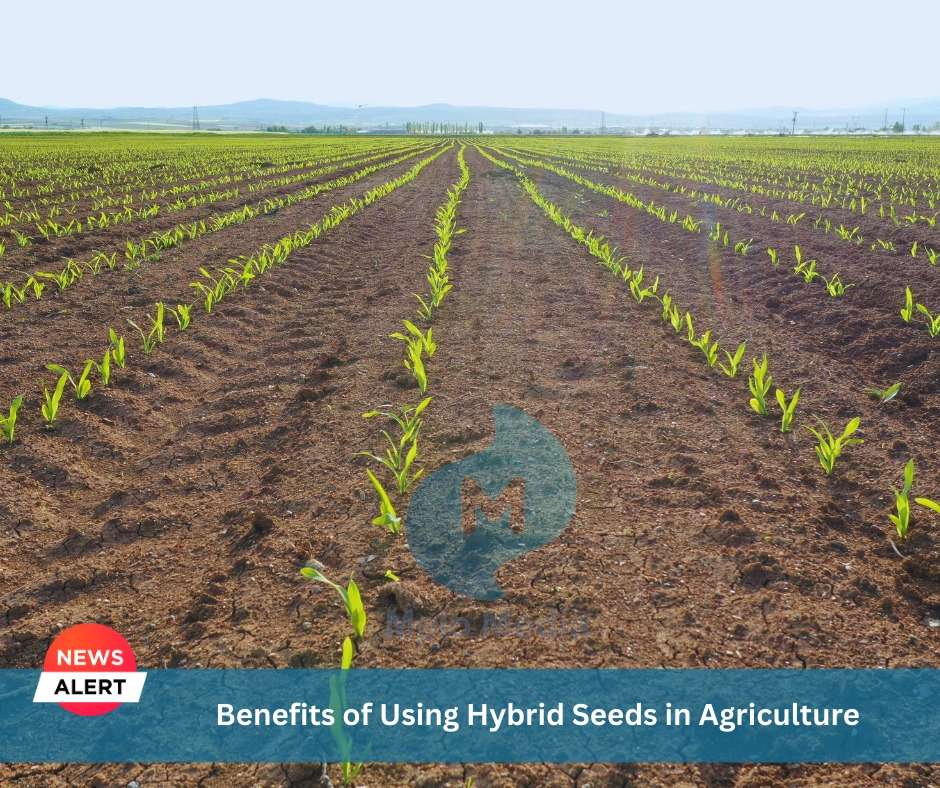Guest Contributor | Melo Media
Hybrid seeds are created through the cross-pollination of two different varieties of plants within the same species. This process is done naturally, either by wind, insects, or human intervention. The resulting hybrid seeds inherit desirable traits from both parent plants, such as disease resistance, higher yield, or improved flavor. However, hybrid seeds cannot be saved and replanted, as they do not produce offspring with the same characteristics. Farmers and gardeners need to purchase new hybrid seeds each year.
Genetically modified seeds, on the other hand, are created through scientific manipulation of an organism’s genetic material. This involves inserting genes from one species into the DNA of another species, resulting in plants with specific desired traits. GM seeds are typically created in a laboratory setting using advanced biotechnology techniques. These seeds can have traits like resistance to pests, herbicides, or extreme weather conditions. Unlike hybrid seeds, GM seeds can be saved and replanted, allowing farmers to have more control over their crops.
One of the main differences between hybrid and GM seeds is the level of safety concerns associated with each. Hybrid seeds are considered safe for consumption, as they are created through natural breeding methods. However, GM seeds have raised some concerns among consumers and environmentalists. There are concerns about the potential long-term effects of consuming genetically modified organisms (GMOs) and the impact of GM crops on biodiversity and ecosystems.
Hybrid seeds are not subject to the same level of regulation as GM seeds. Since hybrid seeds are created through natural breeding methods, they are not considered GMOs and do not require special approval or labeling. On the other hand, GM seeds are heavily regulated in many countries. They undergo rigorous testing and evaluation to ensure their safety for human consumption and the environment. GM crops are often subject to labeling requirements to inform consumers about their presence in food products.
Hybrid seeds are widely available and can be purchased from seed companies or nurseries. They are often more expensive than open-pollinated seeds due to the research and development involved in creating them. GM seeds, on the other hand, are primarily available to farmers through agreements with biotechnology companies. The cost of GM seeds can be higher than hybrid seeds, as they often come bundled with specific herbicides or pesticides that are designed to work with the modified traits.
Hybrid seeds do not pose a significant threat to biodiversity, as they are created within the same species. However, GM seeds have raised concerns about their potential impact on biodiversity. There is a risk that genetically modified traits could spread to wild or non-target plants through cross-pollination, potentially altering natural ecosystems.
The difference between hybrid and GM seeds also affects consumer choice. With hybrid seeds, consumers have the option to choose between different varieties that offer specific traits or flavors. However, with GM seeds, consumers may have limited choice, as the availability of genetically modified crops is often controlled by a few biotechnology companies. This lack of choice has led to debates about transparency and the right to know what is in our food.
Understanding the difference between hybrid and genetically modified seeds is crucial for farmers, gardeners, and consumers. It allows us to make informed decisions about the crops we grow, the food we eat, and the impact on the environment.








































